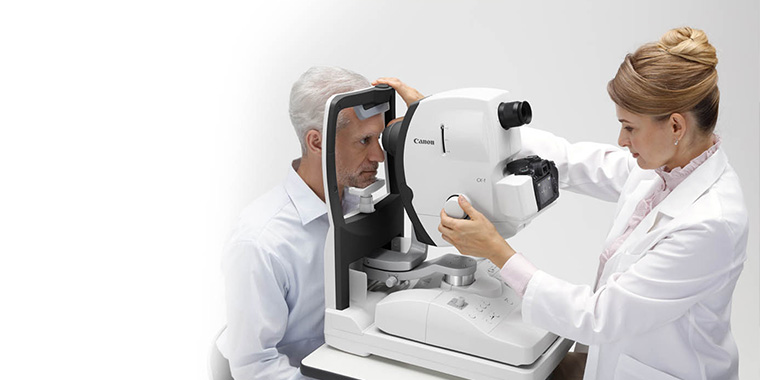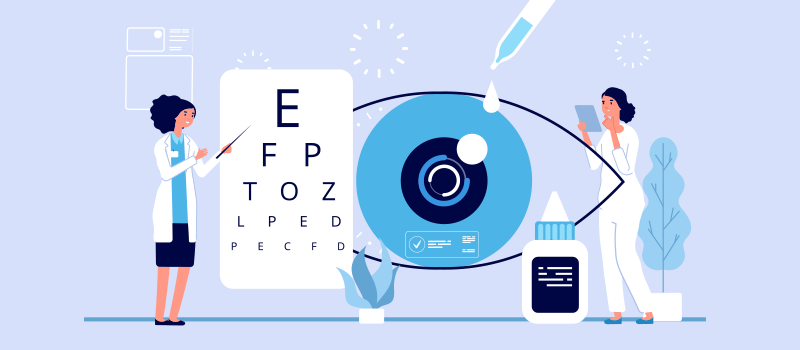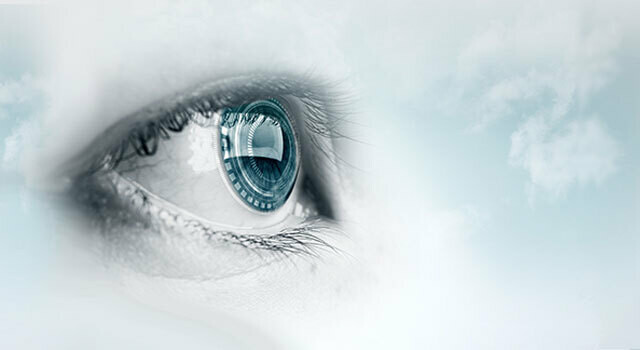Andalusia Eye Facility: Premier Services for Vision Improvement
The Total Malfunction of Retina Disorders and Exactly How They Impact Your Vision
The complex network of cells in the retina plays a vital function in translating light into the photos that allow us to perceive the world around us. Retina disorders can disrupt this fragile procedure, resulting in an array of vision problems. Recognizing the intricacies of these disorders is essential for realizing exactly how they impact your vision and the potential effects they may have on your total eye health and wellness. By checking out the anatomy of the retina, usual conditions that can affect it, their reasons, signs, and readily available therapy options, we can obtain important understandings right into maintaining and securing our vision.
Summary of Retina Composition
The detailed structure of the retina works as the foundation for aesthetic perception and plays a vital role in the process of transforming light into neural signals for the brain to analyze. Found at the back of the eye, the retina includes numerous layers that work together flawlessly to facilitate vision. At the core of this complicated framework are photoreceptor cells called cones and poles. Rods are accountable for vision in reduced light problems and discovering movement, while cones are essential for color vision and comprehensive aesthetic skill. These photoreceptor cells transform light power into electrical signals that are then processed by other retinal cells, such as bipolar cells and ganglion cells. The bipolar cells send signals from the photoreceptors to the ganglion cells, which subsequently send out these signals through the optic nerve to the brain for visual processing. Comprehending the intricate anatomy of the retina is essential in understanding exactly how vision features and just how numerous retina problems can influence aesthetic assumption.

Common Retina Disorders
Retina conditions include a series of conditions that affect the elaborate framework of the eye in charge of aesthetic handling. One typical condition is age-related macular degeneration (AMD), a leading reason for vision loss in individuals over 50. AMD affects the macula, a component of the retina important for sharp central vision, resulting in blurriness or dead spots in the central visual area.
An additional widespread problem is diabetic retinopathy, happening in individuals with diabetes. High blood sugar level degrees harm the blood vessels in the retina, resulting in vision impairment or loss of sight if left unattended. Retinal detachment is a significant condition where the retina pulls away from its normal position, creating an unexpected onset of drifters, flashes of light, or loss of vision in a curtain-like pattern.
Last but not least, retinitis pigmentosa is a group of congenital diseases that trigger the break down and loss of cells in the retina, resulting in evening loss of sight and a gradual constricting of the aesthetic field - neurologist Andalusia. Recognizing these typical retina disorders is critical in protecting vision and seeking prompt medical treatment
Root Causes Of Retina Disorders
Numerous aspects contribute to the growth of retina disorders, consisting of genetic predispositions, way of living options, and underlying health problems. Genetic predispositions play a substantial duty in many retina problems, such as retinitis pigmentosa and macular degeneration. People with a family background of these problems are at a greater risk of creating them due to acquired hereditary mutations influencing the retina's function.
Way of living choices can likewise influence retina health and wellness. Smoking cigarettes, as an example, has actually been connected to an enhanced threat of age-related macular degeneration, a typical retina condition that can result in vision loss. Poor nutritional habits lacking crucial nutrients like vitamins A, C, and E, as well as omega-3 fats, can additionally contribute to the advancement of retina conditions.
Hidden health problems, such as diabetes and hypertension, are understood to influence the retina. Diabetic retinopathy, a complication of diabetic issues, can trigger damages to the capillary in the retina, leading to vision impairment. Hypertension can result in hypertensive retinopathy, where high blood pressure impacts the blood vessels in the retina, potentially triggering vision issues. cardiologist andalusia. Understanding these causes is important in taking care of and preventing retina disorders.
Symptoms and Medical Diagnosis
Offered the substantial influence that triggers such as genetic predispositions, lifestyle selections, and underlying health and wellness conditions can have on the growth of retina disorders, it is vital to recognize the symptoms and make use of efficient diagnostic methods for very early detection and management. Signs and symptoms of retina conditions can vary depending on the details problem yet may include obscured or distorted vision, the abrupt look of floaters or flashes of light, a dark place in the center of your vision, or a gradual loss of main vision. It is vital to seek prompt medical focus. if you experience any of these signs.
Diagnosing retina conditions generally entails an extensive eye examination, which might include aesthetic acuity examinations, dilated eye exams, optical comprehensibility tomography (OCT), fluorescein angiography, or various other imaging tests. Your eye treatment service provider might also ask about your case history and any kind of family background of eye problems. Early detection with normal eye exams is crucial to avoiding vision loss and handling retina problems efficiently. If detected with a retina disorder, your health care company will certainly collaborate with you to establish a tailored treatment plan to protect your vision.

Treatment Choices and Administration
Reliable management of retina conditions includes a multifaceted method that includes customized treatment options to deal with certain problems and protect aesthetic feature. Therapy alternatives for retina disorders vary depending on the underlying cause and seriousness of the problem. In situations of retinal detachment, medical treatments such as vitrectomy or scleral fastening might be essential to reattach the retina and avoid vision loss. For conditions like age-related macular degeneration (AMD), treatments like anti-VEGF shots or laser therapy can assist slow down illness development and protect staying vision.
Regular eye examinations and very early detection of retina problems are important for effective management and therapy outcomes. Clients with retina problems ought to function closely with their ophthalmologist to create a customized therapy strategy that addresses their certain demands and helps preserve optimum visual function.
Verdict
In conclusion, comprehending the makeup of the retina, usual disorders, triggers, signs and symptoms, diagnosis, and treatment choices is critical in managing vision disabilities. Retina conditions can dramatically impact vision and high quality of life, making very early discovery and correct management important. By staying notified concerning these problems and looking for appropriate medical care, individuals can better protect their vision and preserve general eye health and wellness.

Comprehending the detailed composition of the retina is basic in understanding just how vision features and just how various retina disorders can impact visual perception.
Retinal detachment is a major condition where the retina pulls away from its typical setting, triggering an unexpected beginning of advances, flashes of light, or loss of vision in a curtain-like pattern.
Signs and symptoms of retina cardiologist andalusia problems can differ depending on the details problem yet might consist of obscured or distorted vision, the unexpected appearance of floaters or flashes of light, a dark spot in the center of your vision, or a gradual loss of main vision.In verdict, recognizing the makeup of the retina, typical conditions, triggers, symptoms, medical diagnosis, and therapy alternatives is critical in taking care of vision disabilities.